- 📉 New home sales in Las Vegas fell 25.6% in a single month, signaling a dramatic slowdown.
- 💰 The average monthly mortgage payment for new homes now nears $3,000, far outpacing wage growth.
- 🏠 New builds are over $20,000 more expensive than resale homes, pushing buyers toward older properties.
- 🎯 Builders are using incentives, but they fail to compensate for long-term affordability crises.
- 🏗️ Some builders are delaying projects or land banking as buyer demand fades and costs remain high.
Las Vegas homebuilders are dealing with a big change in the housing market. Record home prices, higher interest rates, and a wider gap in what people can afford have made new home sales fall a lot. It is important to know what causes this change. This is true for buyers, sellers, and real estate investors. It will help them handle new problems and chances in Southern Nevada.
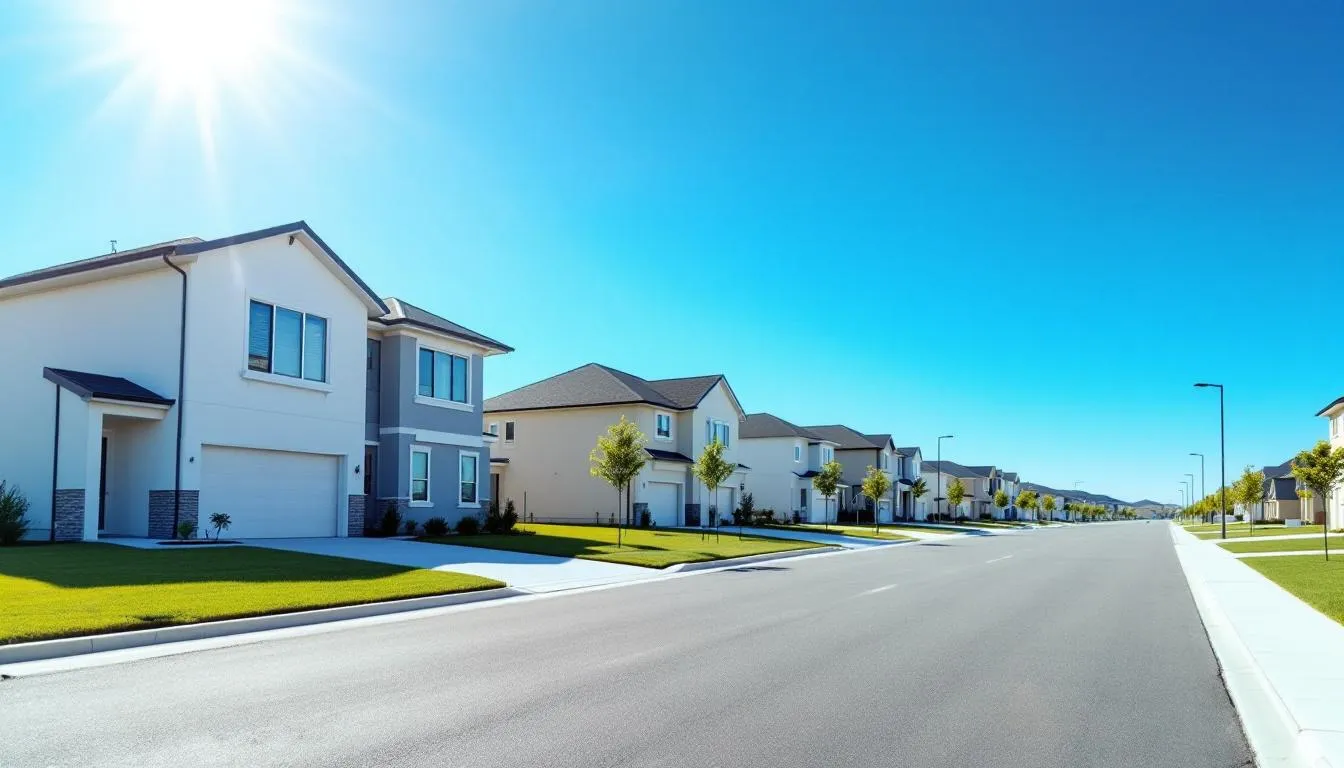
New Home Sales Drop: Why It's Happening
In April 2025, new home sales in Southern Nevada fell sharply from 1,433 to just 1,066. This was a drop of 25.6% in only one month. Real estate often changes with the seasons. But such a fast drop shows bigger problems that affect the whole system.
Much of this drop comes from people finding homes harder to afford. Median new home prices reached a very high $486,174. This price just doesn't work for the average household income in the area. This price tag makes a home too expensive for many middle-income families, especially first-time buyers.
And to make things worse, the cost of borrowing money has jumped. Interest rates keep going up, about doubling over the past two years. So, monthly mortgage payments are rising fast, even for homes that are not too expensive. Buyers who could have afforded homes two years ago now can't buy them. This is because their debt is too high compared to their income.
These changes have quickly changed the situation. What once seemed possible has become a dream, and almost impossible to afford, for more and more people.

Affordability Problem: The $3,000 Monthly Mortgage Hurdle
Today, buying a new home in Las Vegas often means paying nearly $3,000 each month for a mortgage. The average household income in the area is about $70,000–$80,000 per year. Many buyers find themselves struggling with money, or they can't afford anything at all.
Financial experts say you should keep housing costs to 28–33% of your income. But many buyers now pay for mortgages that are closer to 45–50% of their total pay. That makes owning a home financially risky.
And also, larger down payments, closing costs, and home upkeep expenses all put more pressure on people's money. This is especially hard on first-time buyers. They often don't have existing home equity or much savings to make it easier.
Until housing prices or interest rates drop, or wages see a good increase, affordability will remain the main problem for Las Vegas homebuilders and buyers.

Who Is Still Buying?
Even with these problems, some groups of buyers are still active. And the types of people buying are changing.
Right now, the new home market is kept going mainly by:
- Rich buyers who can afford large down payments or all-cash purchases
- Buyers moving from more expensive states (for example, California or New York)
- Large investors and rental property owners looking for long-term profit
These buyers are not as affected by interest rates. And they are not as bothered by high mortgage limits. Many of them are buying with a money plan. This might be for tax benefits, rental income, or future increase in value.
But first-time and lower-income buyers are not in the market. They are more and more pushed aside. Their leaving the market is one of the clear signs causing the drop in new home sales.
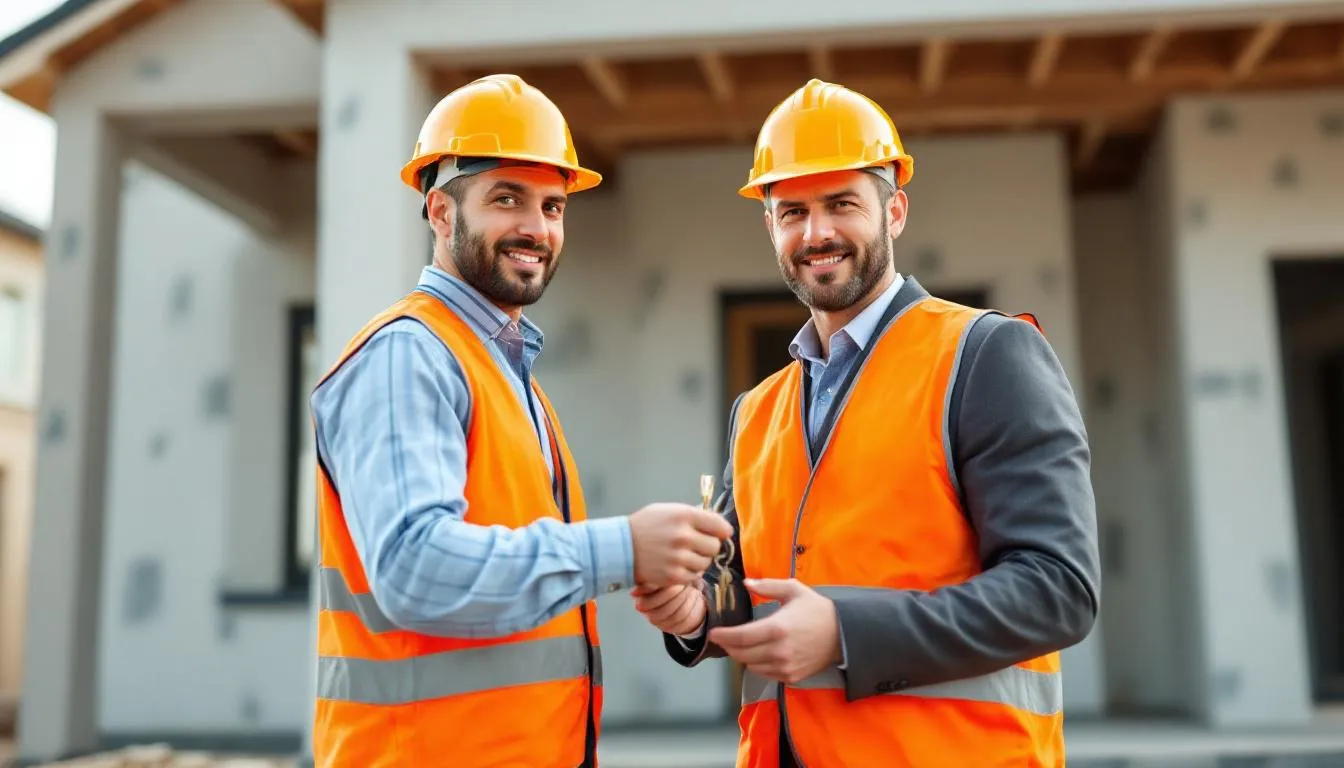
Builder Incentives vs. Buyer Reality
To deal with less demand, Las Vegas homebuilders are using common tactics to attract buyers. These include: mortgage rate buydowns, help with closing costs, discounts on the purchase price, and included extras like better appliances or yard work.
While these deals look good, their actual effect is small. For many buyers, saving a few hundred dollars on the monthly mortgage for the first year or two doesn't fix the long-term problem of homes being too expensive. Once these deals end, buyers are left with much higher payments that can cost more than they can afford.
Despite the benefits, the main problem remains: sticker shock. Buyers need homes they can afford for a long time and payments they can keep up with. They do not need fancy extras that expire before their warranty does.
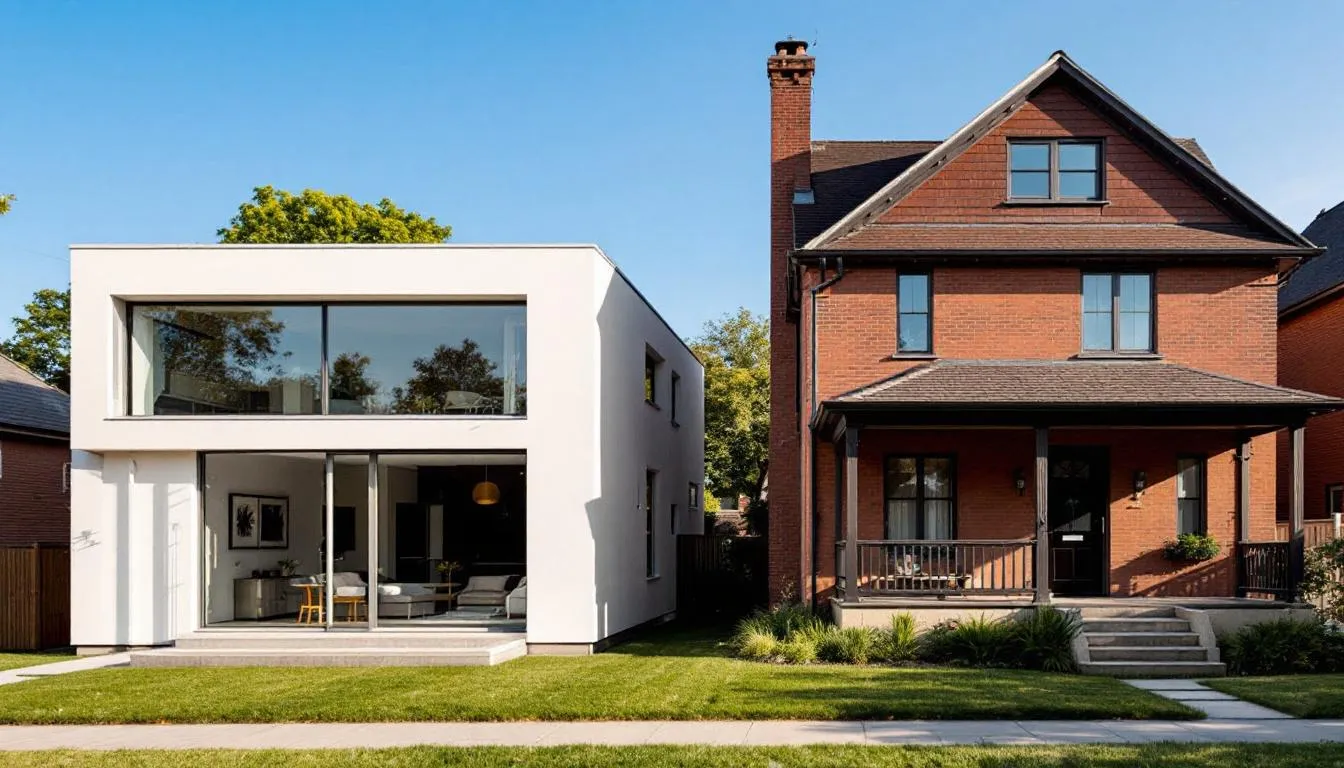
New Homes vs Existing Homes: The Cost Battle
More and more buyers are looking at resale homes as a better choice. In April 2025, the average price for existing homes in Las Vegas was about $465,000. This was about $20,000 less than new homes.
This price difference matters. And it matters even more when considered with:
- Lower property taxes due to older tax values
- Sellers might be more willing to bargain
- Established yards and finished lots (no HOA surprises or construction noise)
Also, older homes offer a chance to negotiate. Buyers usually don't get this chance when dealing with fixed prices from builders. For buyers who care more about value than newness, the resale market is starting to win the affordability battle.
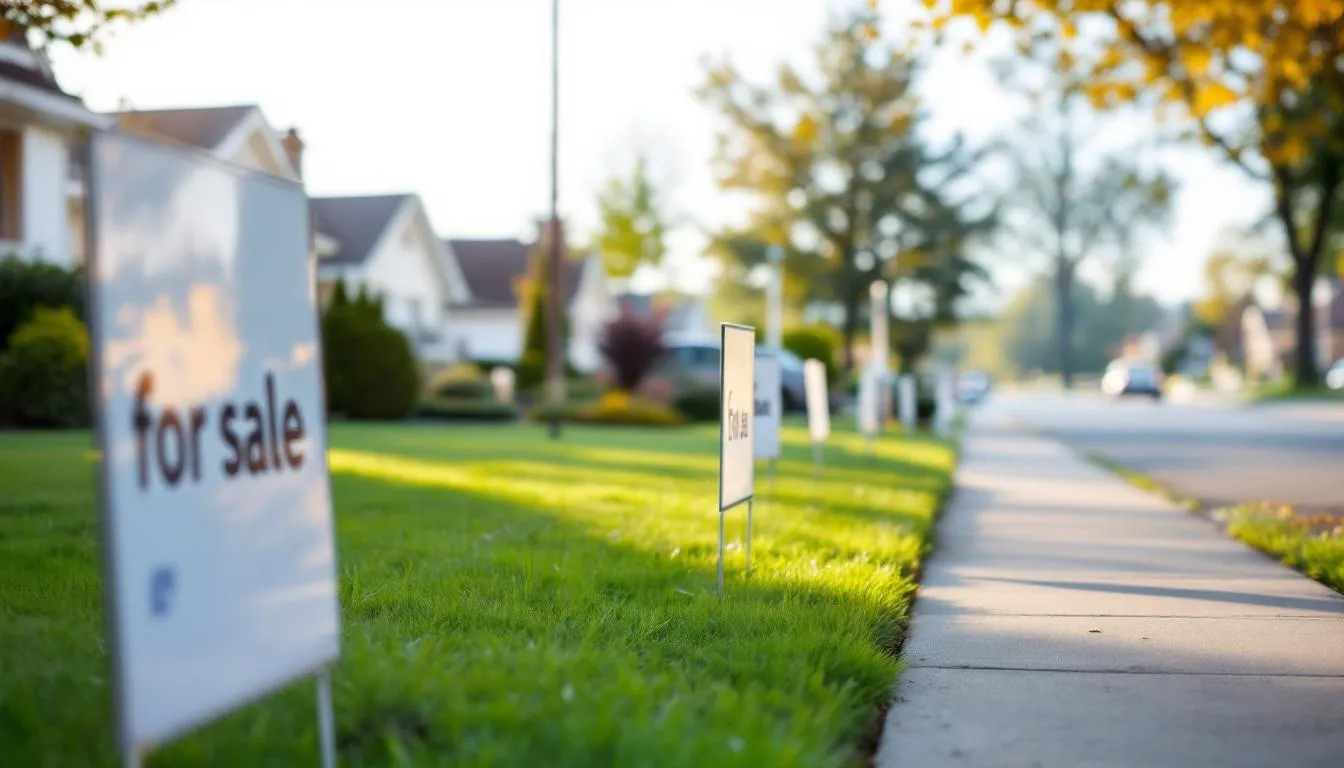
Inventory Snapshot: The Supply Isn’t the Problem
Southern Nevada isn’t short on homes. There are about 8,000 homes on the market, including both new builds and resale homes. The total number of homes for sale is good. The problem now is not that there are no homes. The problem is that the prices are too high for people to reach.
In the past, there weren't enough homes for sale. But this current drop is because people aren't buying. Homes are sitting unsold not because they’re rare or hard to find. They sit because potential buyers can't afford to buy them.
The slowdown in buying is caused directly by prices that don't fit what people can pay, rising interest rates, and buyers being more careful. Too many homes are not what risks hurting the market. It is people expecting too much.
Las Vegas as a Real Estate Investment Case Study
While regular buyers step back, smart investors are looking for chances. Las Vegas has always had one of the busiest real estate markets in the country. It still looks good for those who know where to look.
Investors are:
- Building homes to rent them out for long-term income
- Buying homes with lower prices, especially those regular buyers missed
- Looking at areas with high rents or new suburbs that show signs of getting better economically
Investor activity can help keep the market steady. They buy up available homes. This also gives people needed rental homes in a city with rising rents. Importantly, investors can often handle short-term market changes better than homeowners. This makes them steady participants even when things are not clear.

Why First-Time Buyers Are Losing Confidence
Confidence is key in real estate. And right now, first-time homebuyers are losing it fast.
Problems with what people can afford are one reason. But just as bad is how people are thinking differently. Many young buyers fear they’ll become "house poor" after closing. Others expect that waiting will bring lower prices or better interest rates for homeowners in a year or two.
Also, issues such as:
- Higher credit score and down payment demands
- Not enough affordable starter homes
- Worry about a coming recession or losing jobs
All these things make them hesitate. Unfortunately, this means that demand for starter homes is disappearing. This is exactly when builders need it most.
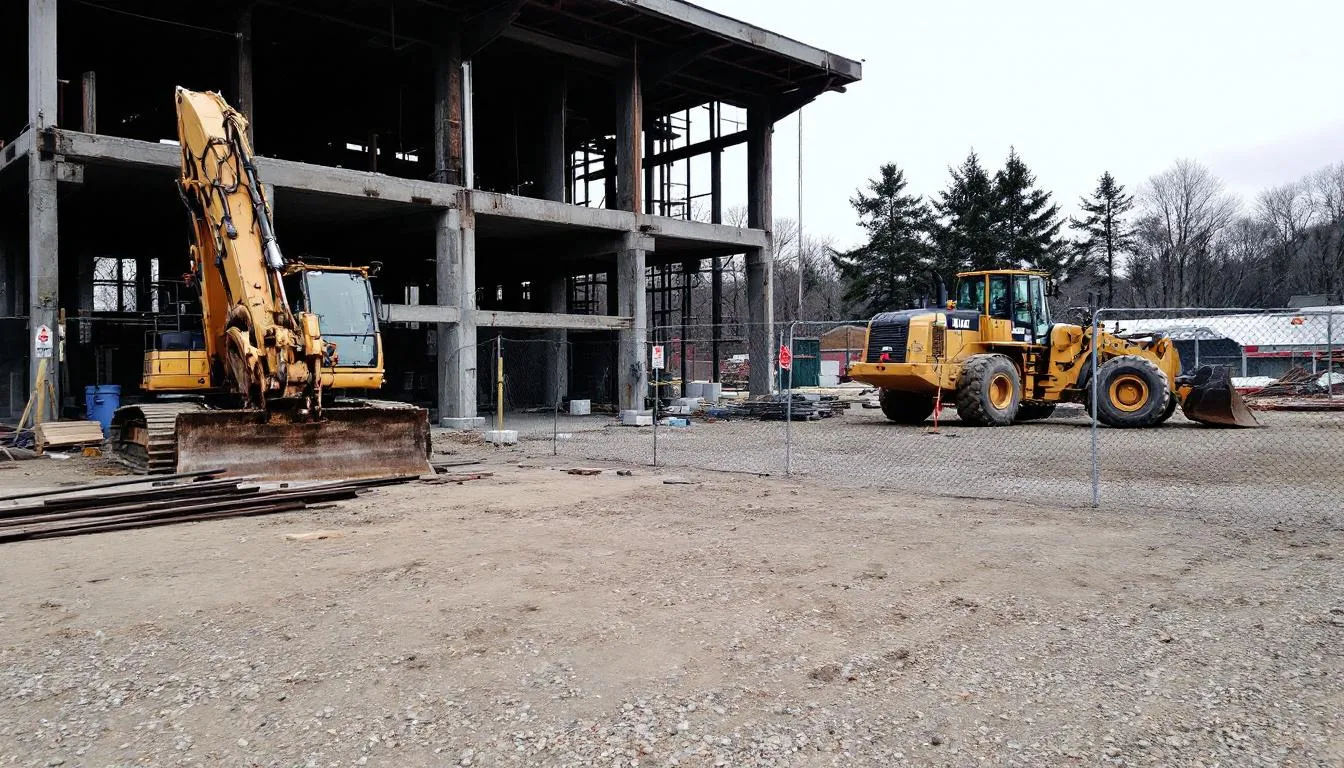
Are Builders Changing Their Strategy?
Because of the weak market, more Las Vegas homebuilders are thinking again about what to do next. Instead of building too many homes, some are:
- Slowing down future home building
- Delaying new projects
- Holding onto land for later use (land banking)
- Turning unsold homes into rentals
By limiting future supply now, developers aim to keep their prices high and the market steady. Still, some experts warn that if interest rates and how buyers feel don't get better, more widespread price cuts may be needed.
People expect a "builder reset" more and more. This is especially true if building costs go down and buyers keep waiting.
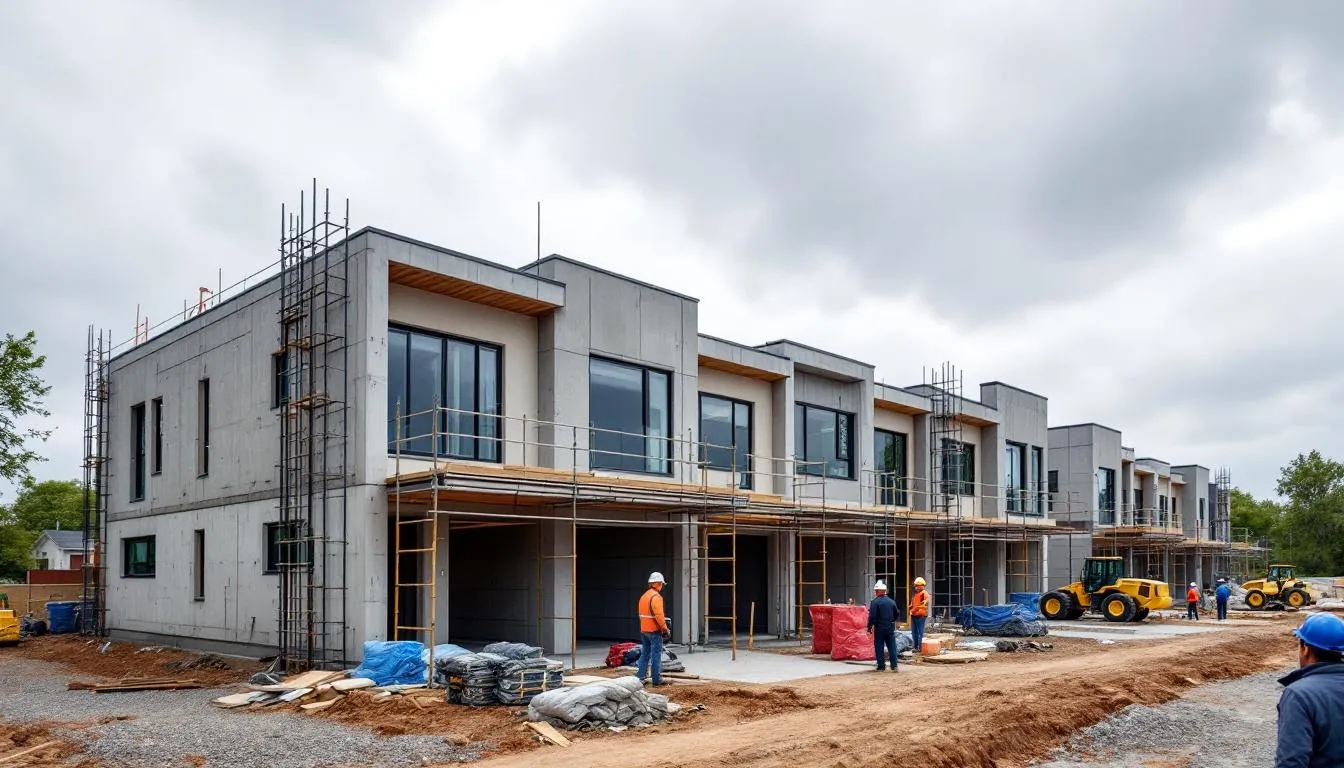
What Needs to Change: Solutions for Affordability
Changing the direction in new home sales and getting more buyers involved will need many actions from both private companies and the government. Some ways to do this are:
1. Smaller, More Practical Homes
Building townhomes, condos, or small single-family homes with useful designs can make building cheaper and prices lower. This would allow more buyers to enter the market.
2. Expanded Financing Solutions
New lending options, such as shared equity models, 40-year mortgages, or long-term rate buydowns, can make the first costs easier. And they can get more people approved.
3. Government-Builder Partnerships
Local and state governments can play a key part. They can offer reasons to use land a certain way, money for housing for workers, and changes to zoning rules that cut building costs and permit times.
4. Modular and Prefabricated Construction
Faster, cheaper building methods may let developers lower costs per square foot. They can do this while keeping good quality and making building times faster.
5. Homebuyer Education
Teaching new buyers how mortgages work, managing their money, and chances in the area can make them feel strong and sure of themselves when they look to buy again.

Market Outlook: More Problems Ahead?
Looking ahead, things are not clear. The Federal Reserve has not made a clear decision on cutting rates yet. And inflation is still high. If interest rates stay high through late 2025 or into 2026, builders might have to think again about prices, and also the kinds of homes they sell.
Things to watch for soon are:
- Changes in interest rate policy
- Wage growth in Southern Nevada
- Rental prices going up (this could attract buyers again)
- Changes in the number of new and resale homes for sale
The only sure thing in today’s market is change. And being able to change will be key to doing well.

Advice for Buyers and Investors
Buyers
Create a strict budget and stick to it. Speak with many lenders to compare mortgage rates and incentives. Don’t ignore resale homes; they are often a better deal. Be patient, but ready to move when the right chance comes.
Investors
This is a good time to look for assets that are not fully used or wrongly priced. Rental demand stays high. Homes that were once priced for buyers may become rentals for tenants.
Sellers
Avoid pricing based on old memories. Those who price realistically, based on today's market, not last year's highest prices, are still selling well. Flexible terms and being competitive matter more than ever.
Key Takeaways: The Las Vegas Housing Turning Point
- Las Vegas homebuilders are seeing big drops in sales. This is because homes are too expensive and mortgage payments are too high.
- Incentives alone aren’t enough. Real ways to make homes affordable are needed to bring back buyers.
- Buyers are moving toward resale homes and rentals. Builders are thinking about slowing production.
- There is real chance for smart investors and buyers who know what's going on and are willing to change.
- The market remains unstable. Long-term success depends on being able to change and getting expert advice.
As always, knowing the local area matters. Whether you're buying, selling, or building, working with an experienced real estate agent like Steve Hawks can give you the clear ideas and plan you need in a fast-changing market.
Citations
Barden, R. (2024, May 13). Southern Nevada new home sales down sharply in April. VegasCRE.

